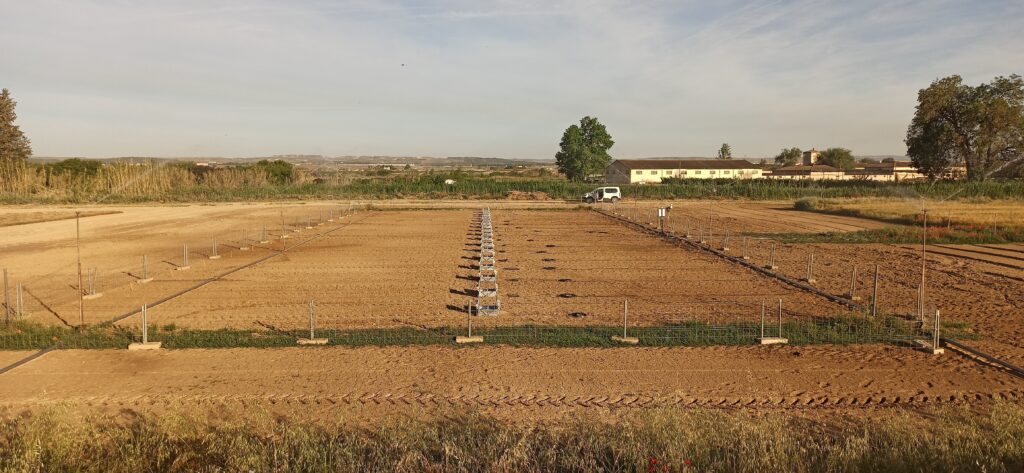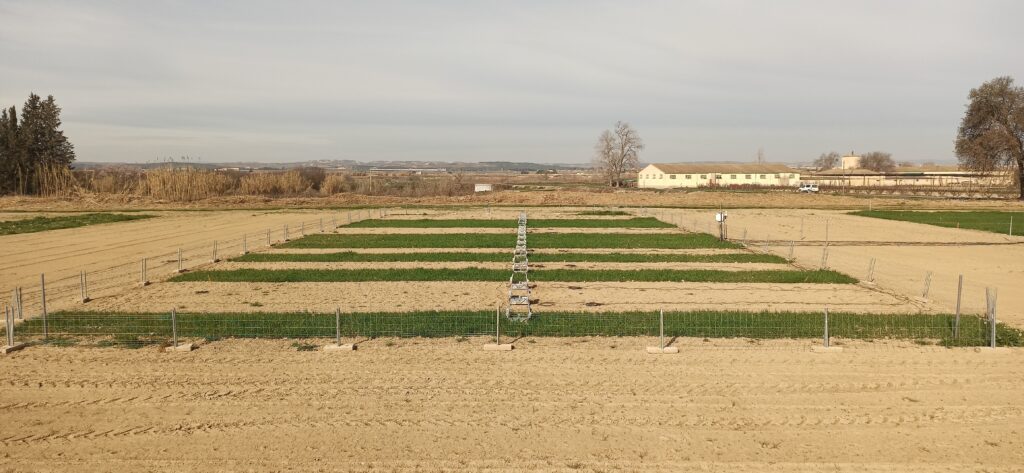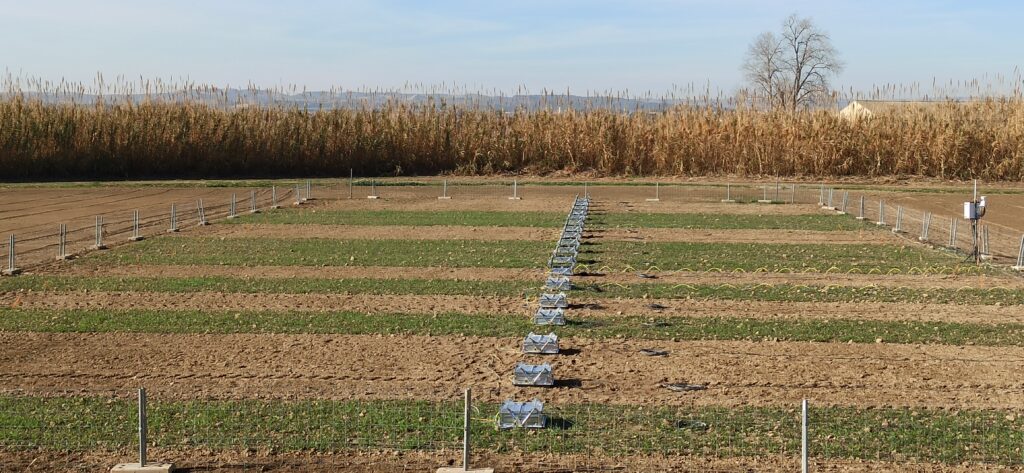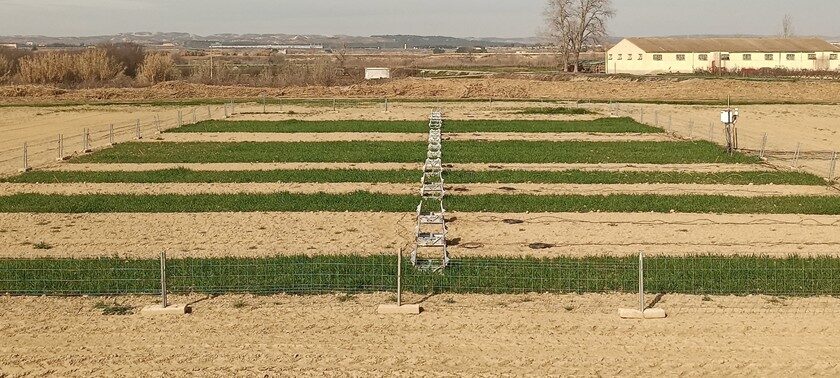Researchers from the RAMA group, Samuel Franco Luesma (CITA), Jorge Álvaro Fuentes (EEAD-CSIC), and Borja Latorre (EEAD-CSIC), along with María Alonso Ayuso (ITACyL) and Benjamin Wolf (IMK-IFU-KIT), have developed an automated system for measuring greenhouse gas (GHG) emissions in agricultural soils. This work has been recently published in the scientific journal SOIL under the title “Measurement of greenhouse gas fluxes in agricultural soils with a flexible, open-design automated system (https://soil.copernicus.org/articles/11/523/2025/).”

The study arises from the urgent need to improve the quantification of GHG emissions from the agricultural sector, one of the major sources of global emissions. Traditionally, these measurements are conducted using manual chambers, which have limitations such as low sampling frequency and high labor requirements, making it difficult to detect short-term emission events.

In this context, the researchers designed an adaptable, open-design automated system in which all components are independent, resulting in high flexibility. The system enables continuous, high-resolution temporal monitoring of different greenhouse gases, such as carbon dioxide (CO₂), methane (CH₄), and nitrous oxide (N₂O). The system initially included 12 automated chambers, and was later expanded to 18 chambers. All chambers are connected to a photoacoustic multi-gas analyzer (Gasera), fully managed via an R script.

Results showed that the automated system was capable of detecting CO₂ and N₂O fluxes up to 58% and 40% higher, respectively, compared to the manual system. This improvement in accuracy is attributed both to the higher number of daily measurements and the technical design of the chambers (better area/perimeter ratio, internal air mixing, and ventilation). Additionally, the study identified the time interval between 10 and 12 hours as the most representative for manual sampling, which is especially relevant in situations where installing an automated system is not feasible.

This technical advancement represents an important step towards more sustainable agriculture, as it improves the accuracy of emission inventories and allows for more efficient assessment of the impact of agricultural practices on climate change. This work was carried out within the framework of two projects: the AgriGEI project (LMP185_21), funded by the Government of Aragón, and the TED project (AEI/MCIN/10.13039/501100011033CE9), funded by the Spanish State Research Agency and the European Union through the NextGenerationEU/PRTR funds.
The RAMA group continues to establish itself as a national reference in research aimed at mitigating GHG emissions in agri-food systems, and this technological development reinforces its commitment to sustainability and innovation.

